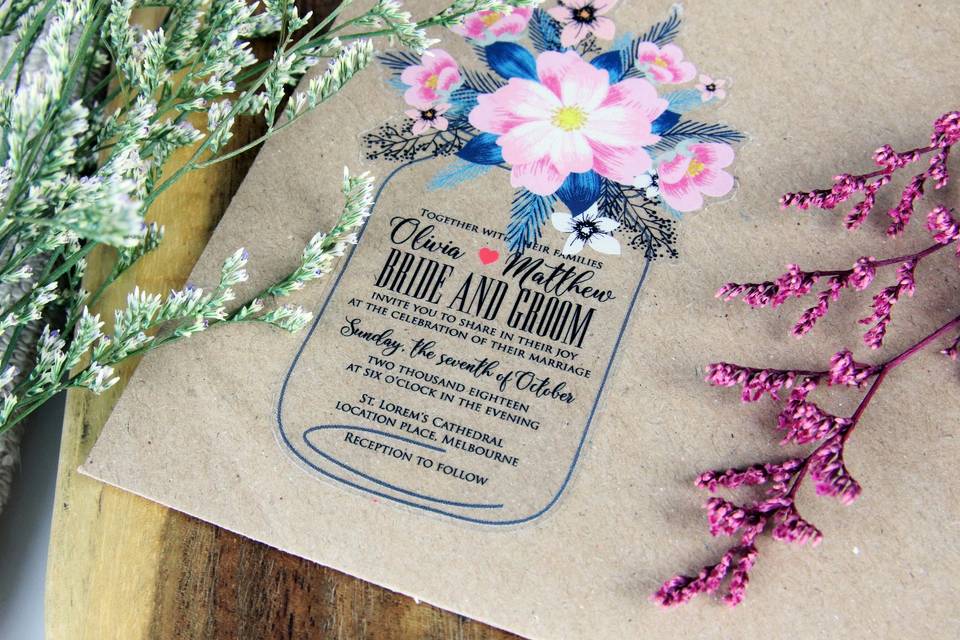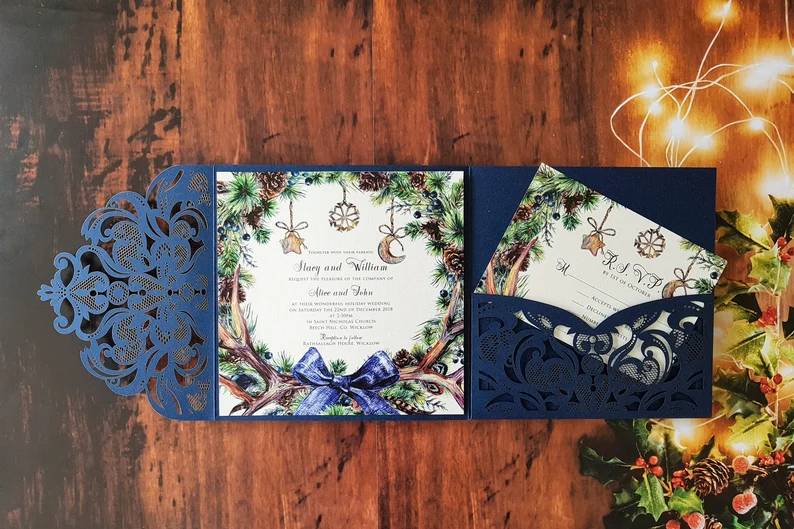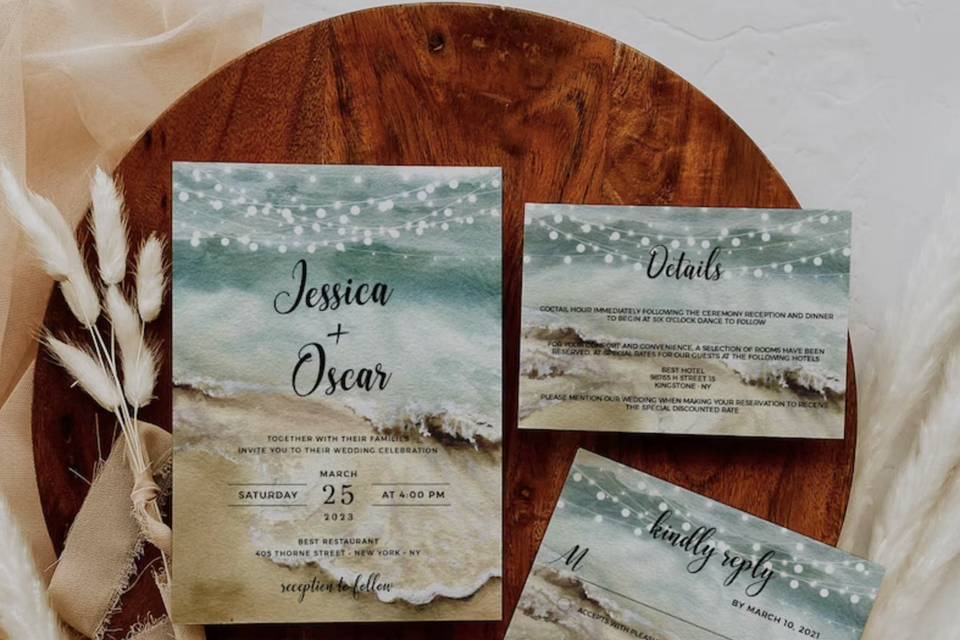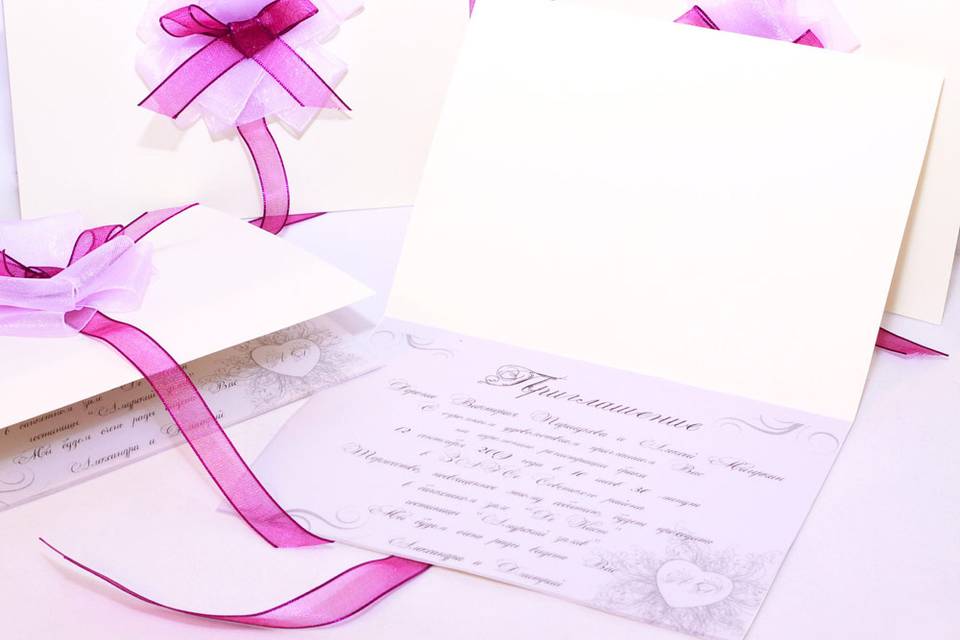The Politics of Wedding Invitations
How to avoid the politics of wedding invitations
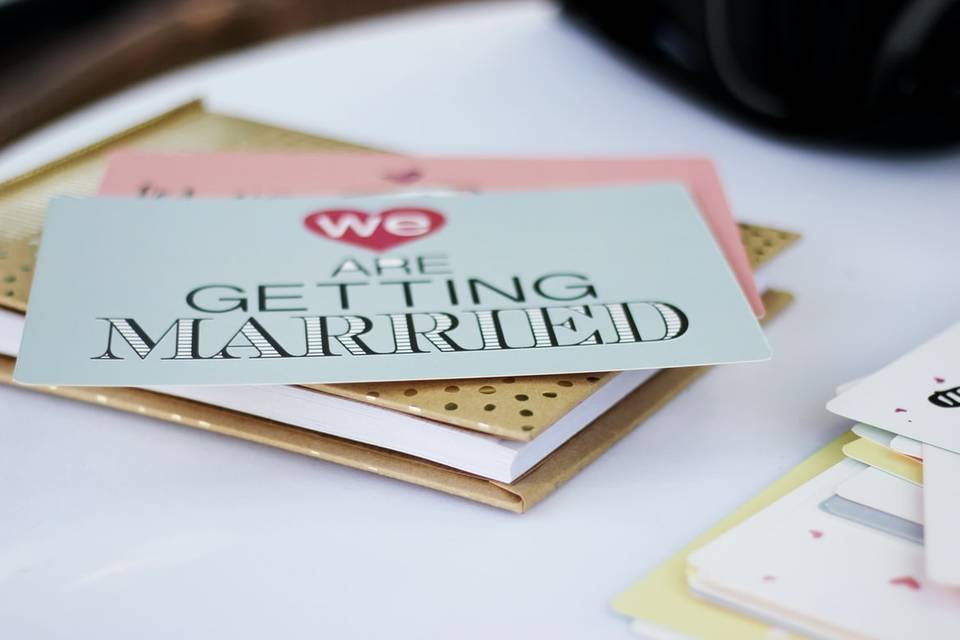

When you decide to get married, it truly is one of the happiest and most momentous occasions in your life. However, that exciting buzz may start to fade when you are faced with the family politics that come with wedding planning.
The size of the wedding can often be a difficult topic for some couples. One person may be interested in just having a small and intimate wedding and the other might want to invite everyone they have ever met to what they feel will be ‘the wedding of the century!’
It is important that couples discuss their dreams and their means separately. Is there a type of wedding that you and your beloved have wanted to have? Are there people in your lives that are so important you can’t imagine getting married without them being there? You should share these thoughts with your loved one as this will help you to decide what is important before the wedding planning takes over everything.

Your budget is the most important thing to consider when creating your guest list. Although it may appeal to you to send wedding invitations to everyone you know, chances are you will end up regretting it when you begin your newly-wed life having blown all the money you have ever saved. Only invite as many people as you can physically afford and check that your chosen wedding venue can fit all your guests comfortably.
Naturally, leaving some people off the wedding invitation list could cause some awkward situations. Although everyone’s feelings do need to be considered, couples should be confident in the knowledge that the most important part of the wedding is that they are celebrating their love for each other and the opinions of distant relatives who couldn’t be invited should not impact upon that. A good way to compromise is to invite a close-knit number of people to the ceremony and to the wedding breakfast and invite more people to the reception.
It is helpful to know who you definitely do not want to attend your wedding. What is the right protocol when it comes to inviting exes? What about acquaintances who often get embarrassing when they drink a lot? Don’t send out invites to those you know will stress you out on your wedding day.
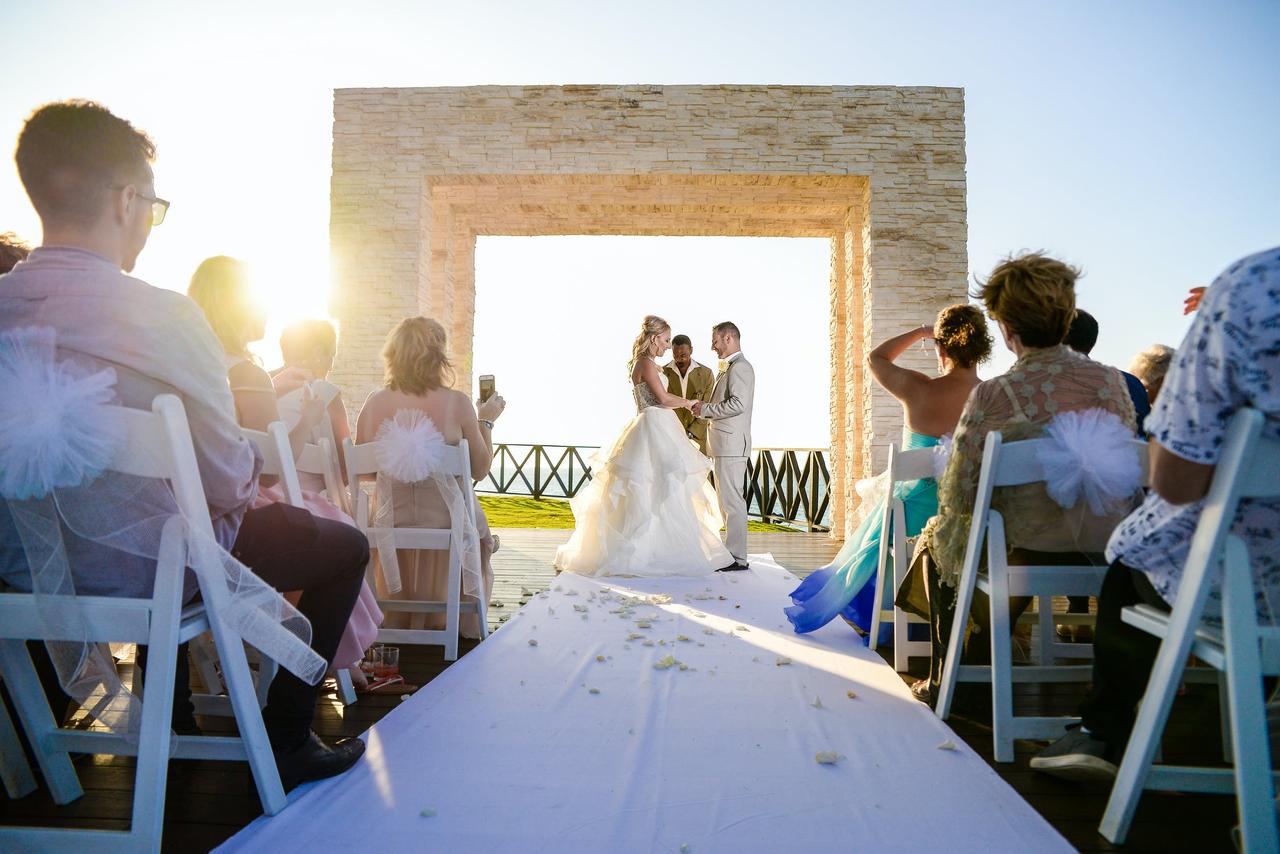
There are plenty of couples who create an A and a B-list to help them to manage their guest list. Once all your invites have been sent to guests on your A-list, you will then be able to accurately determine just how many extra people you will be able to invite from your B-list. Once you begin to receive acceptances and declinations from people on your A-list, you'll have a good idea of how many more people you can invite. However, it is essential that you are sensitive to whether those on your B-list - who will receive invites at a later date - will feel insulted if they found out that they were not on the original list.
It is important to be creative as this goes a long way when working around the politics of wedding invitations. If your budget really does not allow for work colleagues to be invited, you should be open and honest about this and perhaps suggest after-work drinks to celebrate your nuptials.
Wedding invitations should ideally be sent between six and eight weeks before the big day arrives. Save the date cards are also a good idea if you are inviting guests that will need to make special travel and accommodation arrangements.

